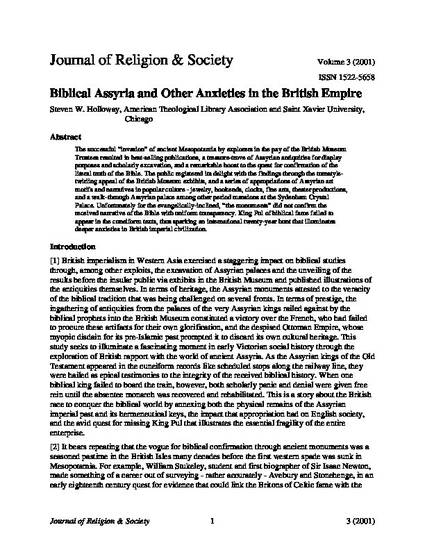
The successful “invasion” of ancient Mesopotamia by explorers in the pay of the British Museum Trustees resulted in best-selling publications, a treasure-trove of Assyrian antiquities for display purposes and scholarly excavation, and a remarkable boost to the quest for confirmation of the literal truth of the Bible. The public registered its delight with the findings through the turnstyle- twirling appeal of the British Museum exhibits, and a series of appropriations of Assyrian art motifs and narratives in popular culture - jewelry, bookends, clocks, fine arts, theater productions, and a walk-through Assyrian palace among other period mansions at the Sydenham Crystal Palace. Unfortunately for the evangelically-inclined, “the monuments” did not confirm the received narrative of the Bible with uniform transparency. King Pul of biblical fame failed to appear in the cuneiform texts, thus sparking an international twenty-year hunt that illuminates deeper anxieties in British imperial civilization.
